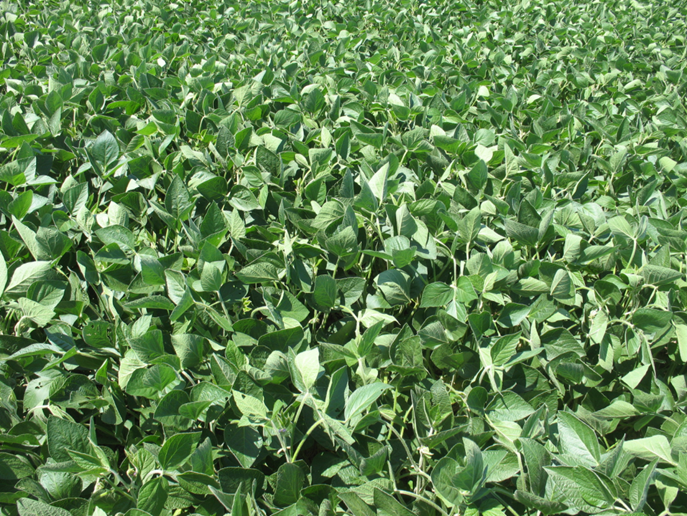DON in corn silage

In properly ensiled corn silage, research has not shown an increase in mycotoxins from levels in the crop at harvest. Fusarium species, the fungi that produce DON, do not like low oxygen, low pH environments, so if corn goes through the proper ensiling process fusarium should no longer be active and able to produce DON. […]

